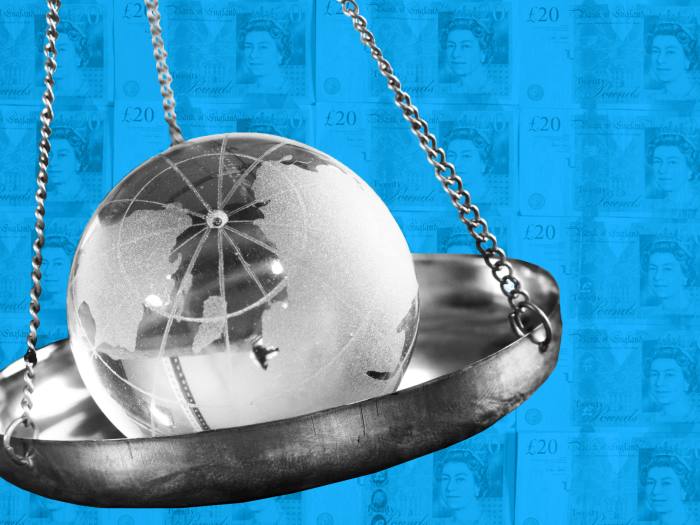
The rise of sustainable investing over the past decade has created fresh opportunities for clients to position their portfolios in a way that aligns with their values, but also presents profound challenges around diversification and wider portfolio construction.
Central to this challenge is that, in terms of equity exposure, many of the companies that would screen positively as sustainable investments will in many cases be relatively early stage, non-dividend-paying companies, and, due to the strong performance of the share prices of such companies in recent years, are also likely to be trading at relatively high multiples when compared with the rest of the market.
Those factors together tend to mean that sustainable equity investors can end up owning a portfolio of growth stocks, with little exposure to value or other style factors, creating a portfolio that is quite lopsided.
Balancing act
Will McIntosh-Whyte, multi-asset investor at Rathbones, says he was initially sceptical about the potential to build a properly diversified equity allocation when his business launched a series of sustainable funds, but has found that “if you look globally it is possible to be diversified. You have to find assets that don’t perform like growth stocks – financial companies can be an example of that".
He adds: "Sustainable investing is not just about buying early stage growth-type companies, maybe that’s what impact investing is about, but sustainable investing is broader. There are financial companies in areas such as banking and insurance that fit the criteria of sustainability and which benefit from rising interest rates.
"But also, we don’t want to be too reliant on global GDP movements, so buy bonds, for example from the state of New South Wales. That is a commodity producing region and so benefits from higher commodity prices and so the currency strengthens with the benefits accruing to shareholders.
Clive Emery, sustainable investment fund manager at Invesco, agrees that the key to being diversified is to have a broader definition of sustainable.
He says: “If you define it very narrowly, then it is inevitable that you will be exposed only to growth stocks. Sustainable is, to some extent, in the eye of the beholder. You can include a wide variety of criteria, such as gender and climate as well as others. The duty of the fund provider is to make clear to the clients how they see sustainability, how they define it. There are multiple ways of doing it, and all are OK, as long as the client knows what they are getting.”
Emery says there are three broad categories of ESG fund: sustainable, impact and ethical – with the latter tending to focus solely on excluding companies that do harm.
He observes if one clearly differentiates between those three elements, then it becomes clearer what types of investment a fund can make, then diversification is possible.









